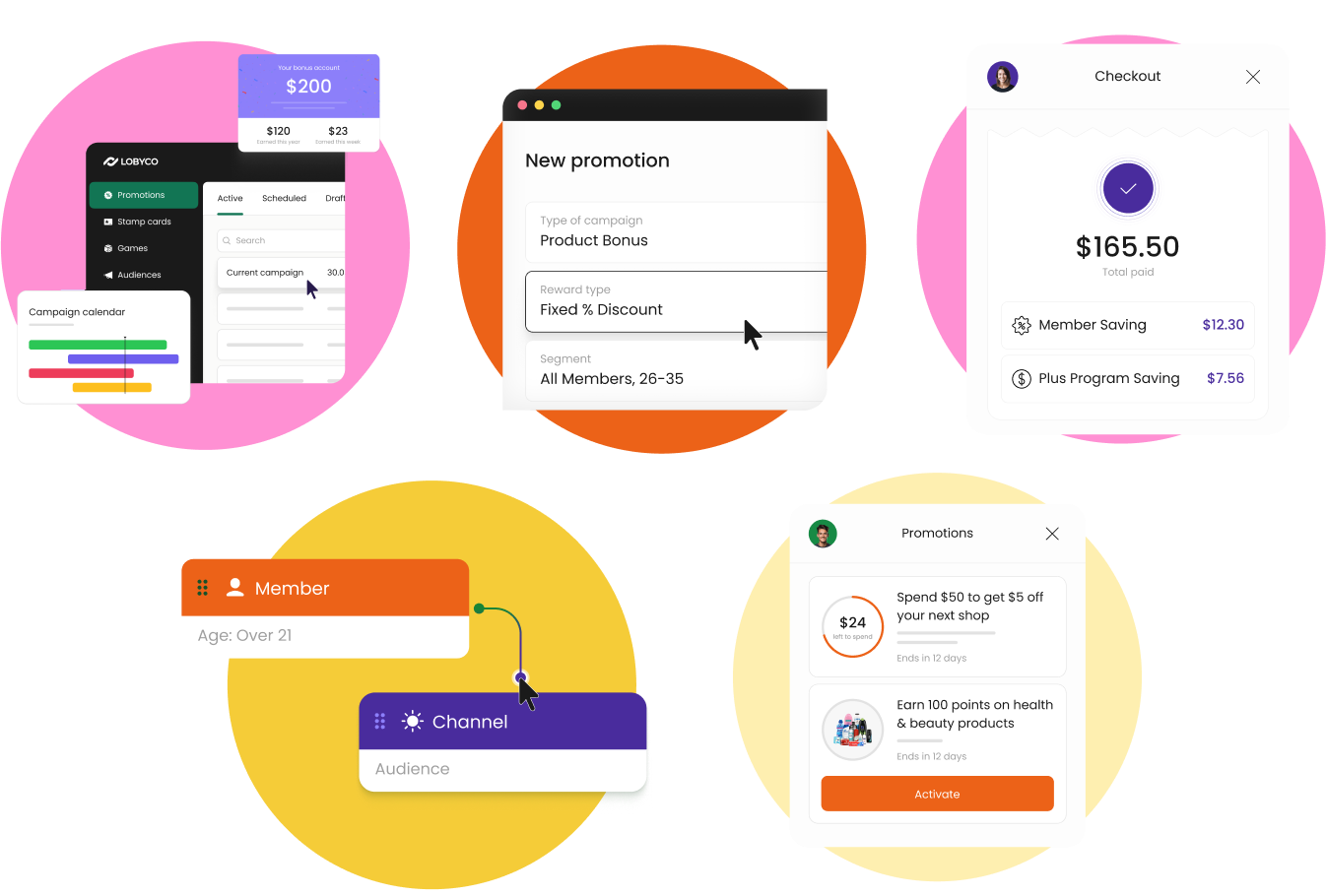In today’s fast-paced, choice-saturated retail environment, loyalty is no longer just about points and promotions. Shoppers expect more — not just rewards for their purchases but recognition, relevance, and real connections.
Transactional loyalty has value and is the backbone of most loyalty programmes. But today’s retailers must create something different: a secret sauce that keeps customers coming back even when competitors offer more. And that sauce is emotional loyalty.
In addition to understanding the importance of emotional loyalty, retailers should be aware of the four key trends shaping it in modern retail. What’s more, they must know how to balance transactional and emotional loyalty. With this knowledge, retailers can establish strong, lasting, and fulfilling relationships with their customers.
Rethinking transactional and emotional loyalty
Of course, transactional loyalty programmes are valuable. They deliver immediate incentives, like points and discounts and can easily be tied to revenue. They are also readily available. For example, customers of a successful coffee chain can earn stars based on their purchases and redeem the stars for free beverages and other perks.
In contrast to a quid pro quo exchange, emotional loyalty fosters deeper and more lasting connections. Customers feel seen and valued.
But what is emotional loyalty?
– Feeling understood, valued, or cared for by a brand.
– Associating the brand with positive emotions like trust, joy, belonging, or pride.
– Choosing the brand even when competitors offer lower prices or more convenience.
– Actively advocating for the brand (word-of-mouth, social media, etc.).
– Forgiving occasional mistakes because of the strong emotional bond.
Four emotional trends in modern retail
Personalisation: People are used to receiving curated and relevant-to-them information. They expect recommendations to be personalised, whether they are browsing the internet, using social apps, or listening to music. Customers have the same expectations when they shop.
Data Transparency: Customers are interested in insights into their own habits. Who knew how excited listeners would be to see their end-of-year Spotify Wrapped summary, or want to see how much screen time they accumulated in the previous month?
Gamification: Gamification is an extremely effective way to reach customers. After all, who doesn’t like playing a game? Customers certainly do: Lobyco research found that 55% of customers feel gamification is very or extremely important in grocery loyalty programmes.
Community: In addition to sharing the data of a retailer’s or brand’s corporate and social responsibility, grocers can highlight their involvement in the community. By investing in both the local area and the community at large, they help customers impact important causes, which builds emotional loyalty.
Want even deeper insights on how emotional loyalty is becoming even more important in modern retail – and want to know the tangible steps to intentionally build loyalty? Make sure to download the full whitepaper, here.







